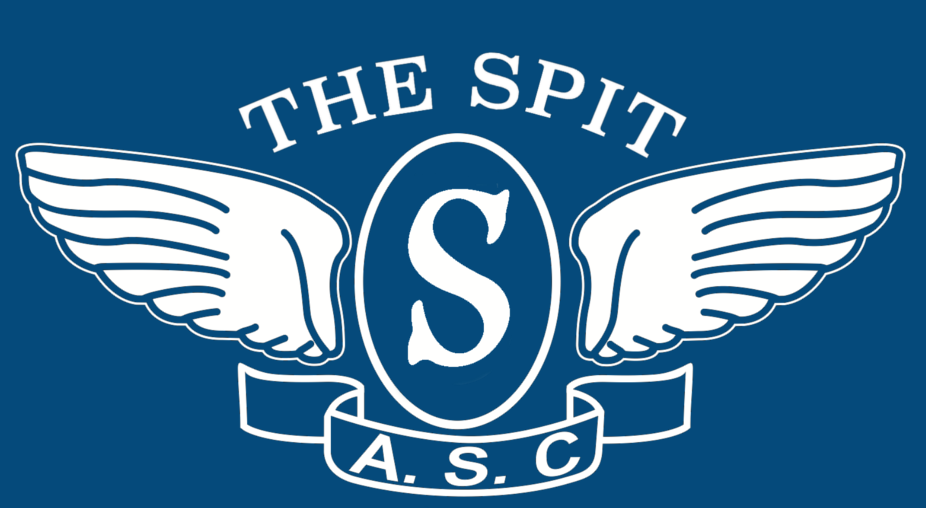Technology in the classroom has become an essential tool for understanding and learning. According to Pierce & Ball (2009) The attitudes of students towards math improves when they utilize technology in their classes. They also tend to develop a greater understanding of the subject. Students can experiment with mathematical concepts by using a variety of tools, such as calculators or online manipulative tools. However, incorporating appropriate technology into math classes requires a lot of thought and an understanding of how it works.
One of the main benefits of incorporating technology into mathematics classes is that it enables teachers to find more creative and interesting ways of teaching the subject. Some of the latest digital tools are specifically designed to take advantage of students’ visual and modeling math and science power. Software applications, for instance, permit students to create 3D geometric models of objects like cubes and cones in a manner that helps students understand the features and shapes of these objects.
In addition the most efficient technology tools aid students in freeing up their working memory so that they can focus on problem formulation and modeling. They also facilitate the development of public records of thinking that can be re-used, transportable and shareable among peers and teachers. This approach aims to bridge the gap between informal knowledge of students and formal structures of mathematics and science-related phenomena.
